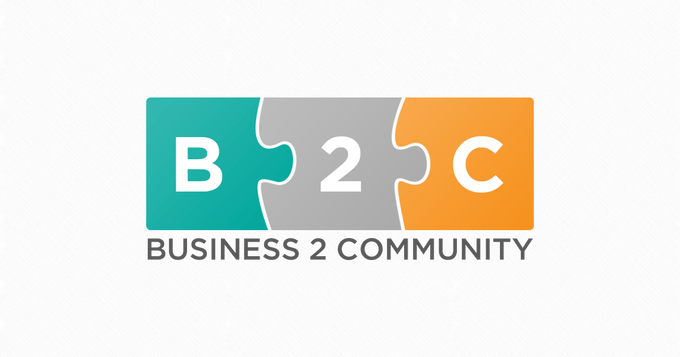By Mehedi Hasan Shoab
Source: www.business2community.com, July 2021
Long-form content simply works.
There’s no way around it.
- According to an analysis conducted by Buzzsumo and OkDork of 100 million articles, long-form content consistently attracts more social shares compared to shorter ones
- Backlinko along with its data partners analyzed 1 million Google Search Results. They found that the average first-page result contains 1,890 words.
So let there be no question about the effectiveness of it.
But did you know that there’s a debate regarding the length of long-form content?
In the scope of content marketing, it might mean anything over 1,200 words. Some say it’s over 1,600 words and some say it’s over 2,000.
However, that can really depend on your industry and what’s seen as comprehensive given the topic.
Content types can be different. It can be a tutorial guide, eBook, White Paper, detailed review article, and so on.
In this article, we’re going to go over the long-form content best practices.
Let’s go:
1. Understand What The Readers Want To Learn
Think about it.
You’re about to write a massive guide.
You’re going to do an extreme amount of research.
You’re going to put in an incredible amount of elbow grease.
Therefore, it’s critical that you pinpoint what you’re answering for the client.
Let’s say you’re writing an article — “Top 10 Sites for Free Business Stock Photos.”
To write this article, first, you need to understand the reader’s intent well. That’s where research comes in.
But where do you start your research process?
At these places:
- Competitor articles: To find what has been covered so far mostly. And if you can put a new twist on the answers
- Long-tail keywords: Since these are more specific, they’ll help you pinpoint the exact knowledge gaps that people are looking to fill
- Forums: Places like Quora and Reddit because that’s where people talk their hearts out, therefore, giving you the opportunity to get inside their heads
- Before or after queries: In the case of the business stock photos article, people might want to learn about the ideal purpose of stock photos or the copyright policies regarding image usage
Go through them all and you’ll be able to find exactly what the reader wants to know.
2. Make Your Writing Scannable
Here are some statistics supporting this point:
- According to HubSpot, 38% of visitors stop engaging with a site if the layout or the content isn’t attractive
- Nielsen Norman Group found in a study that online readers spend 80% of the time seeing the information above the page fold. Even though users would scroll, they use a mere 20% of their attention below the fold
- According to Chartbeat, 55% of all page views get less than 15 seconds of attention
So if you’re writing a super lengthy piece of content, it’s pretty apparent that no one will read the whole of it.
And that’s why you don’t just need to cover it comprehensively for dedicated readers. You also have to make it friendly for scanners.
Here are some ways to do that:
- Adding comparison tables
- Adding skimmable H2s, and H3s
- Adding plenty of bullet points
- Adding a table of contents
Adding these elements would make it much easier for someone to find the exact piece of information they’re looking for.
3. Make Use Of Visuals
Here are some stats to get started:
- According to Venngage, 49% of marketers consider visual marketing crucial to their marketing strategy, 22% say it’s important, and 19% report that their strategy is nothing without visuals
- Venngage also reports that 49% of marketers essentially use visuals on blogs and sites followed by social networks like Facebook or Instagram
- According to Brain Rules, when someone hears information, they’re likely to remember just 10% of that information after 3 days. That said, if there’s a relevant image alongside the same info, people retained 65% of the information after 3 days.
That essentially entails that no matter how interesting your topic is, if you’re only putting text, chances are, you’ll bore the readers.
Visuals are equally important as copy, and maybe even more.
However, don’t just add stock images. Stock images are very cliche and a lot of other people use them. Also, it’ll show that you didn’t care much about the visuals.
Rather, you can add:
- Charts and graphs
- Screenshots
- Small animations
- Pull quotes, etc.
These elements would break up the only-text content and help make your point.
4. Incorporate Shareables
Two prime purposes of long-form content are getting social shares and attracting backlinks. However, simply writing a text-based article isn’t enough to compel people to share your content or link back to it.
Sure, with compelling writing, you might win over a lot of readers, but adding that extra X-Factor is important. Something tangible that readers can take and put up on their website or social media.
For example:
- Charts and graphs
- Pull quotes
- Infographics
- Click-to-tweet images
- Printable PDFs, etc.
- Checklists
Any visual element can help boost the shareability of your content.
Last Words
The effectiveness of high-quality long-form content in search engines and on social media is undeniable. That said, it’s essential to test out the utility of this approach for your niche and audience.
Also, long-form content isn’t your all-in-one solution to SEO problems. But it does offer you utility, value, comprehensiveness, and high on-page time. And all of those factors have a role in your overall SEO strategy. Lastly, always remember that offering the best experience to the readers is your one and only goal when writing the content.

